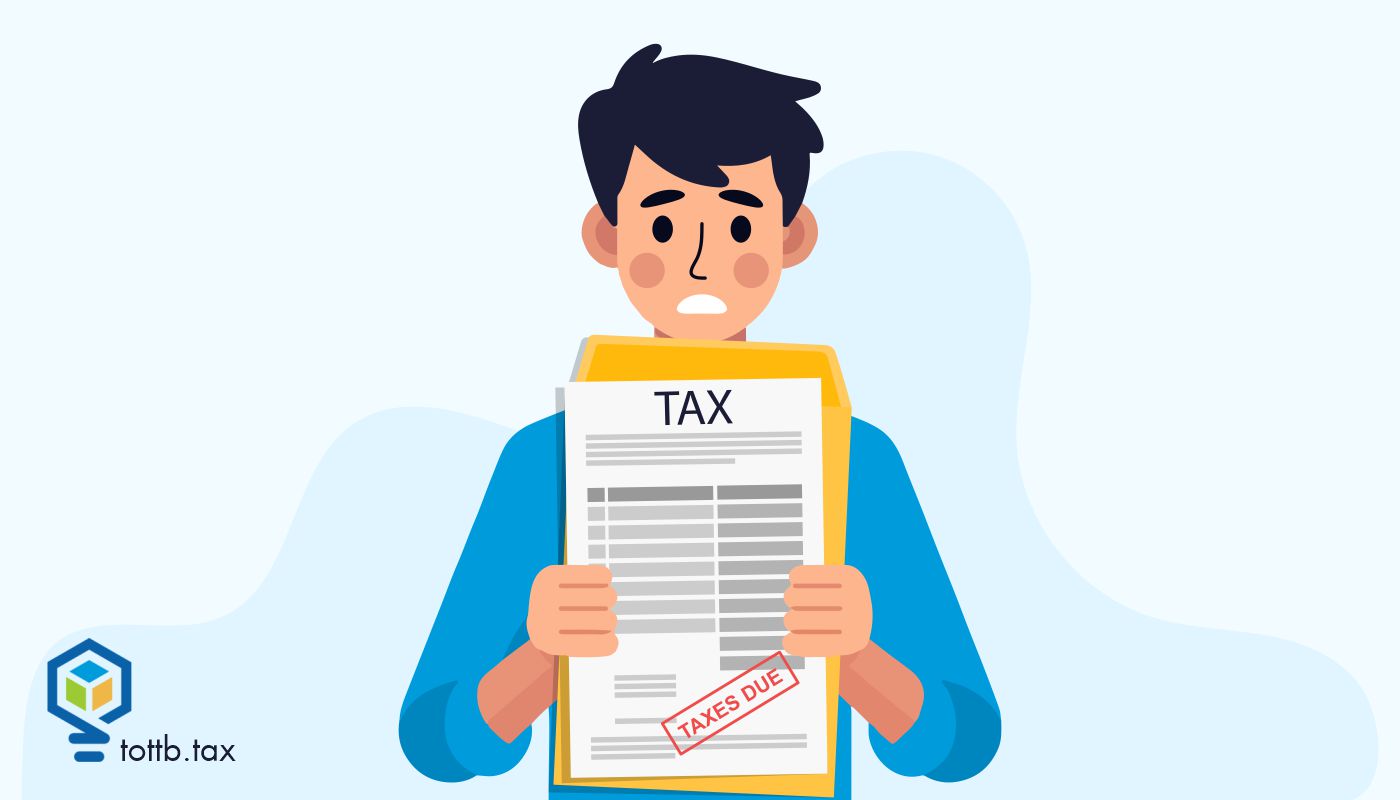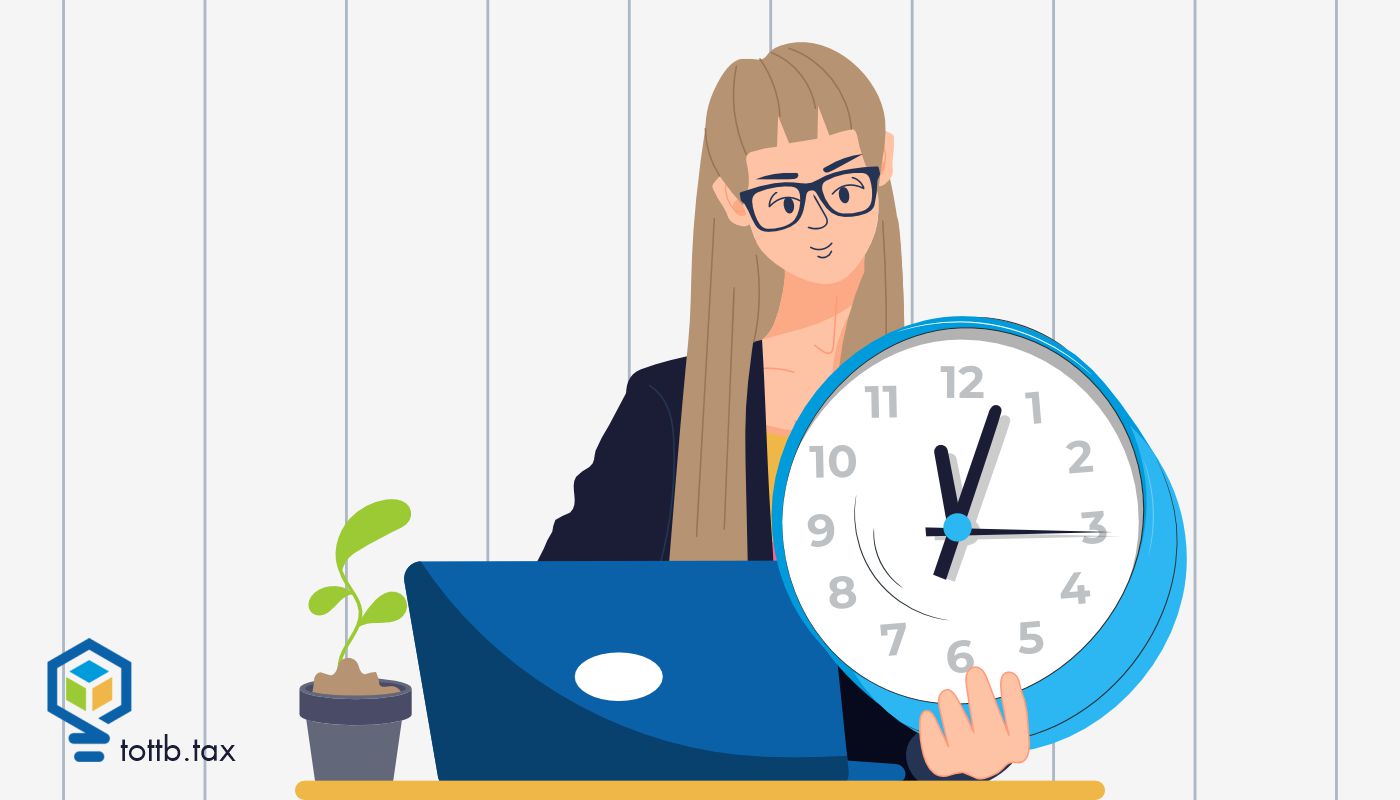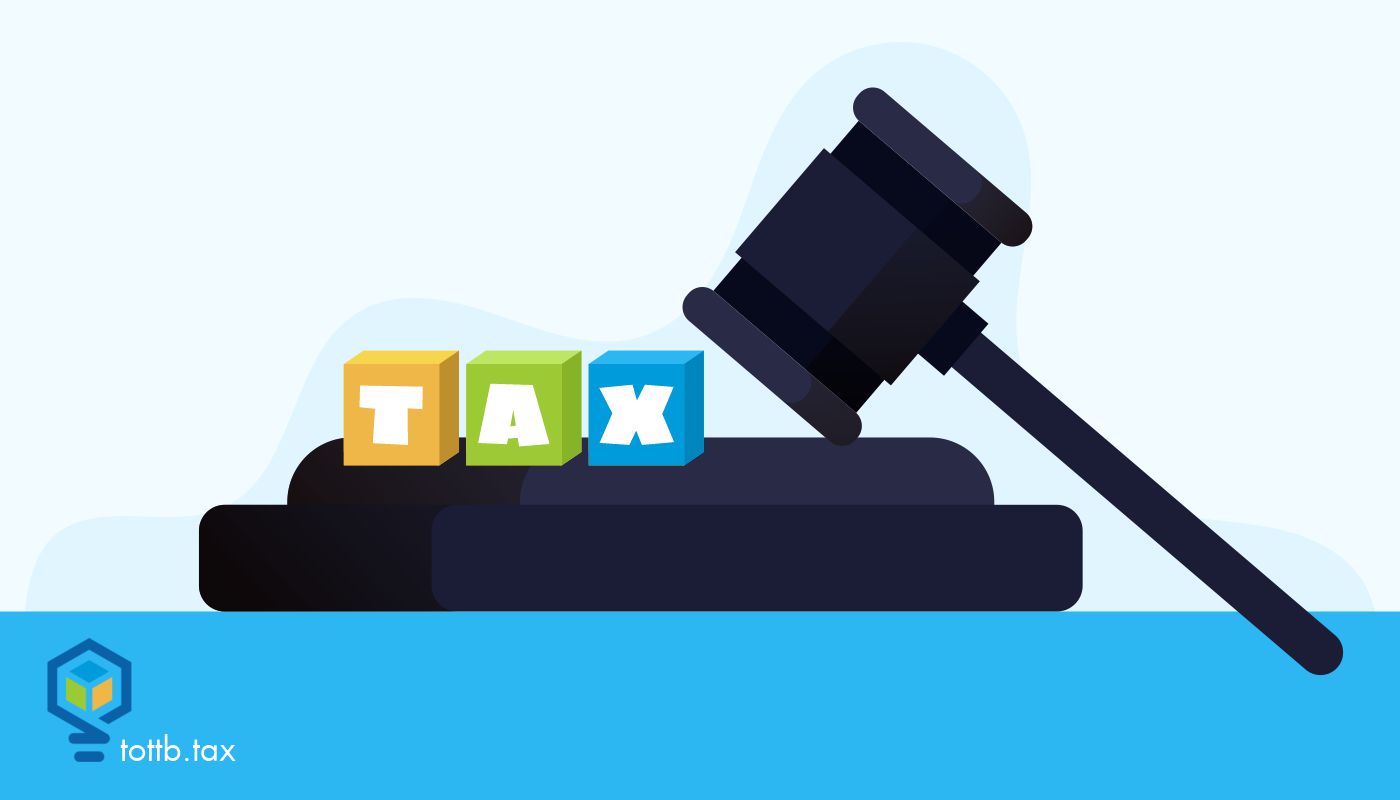Have you ever found an amazing strategy for a new tax prospect that they missed in previous years? Even worse, have you realized that you overlooked a client’s eligibility for a credit when you prepared their tax return? Not only that, but you had them make an unnecessary estimated tax payment. Well, it may not be too late for your client and prospect to take advantage of those credits for the year in question. The fate of your client isn’t sealed after filing their tax return. The IRS gives taxpayers a set amount of time to make a claim for a credit on their return. The IRS calls the date that this time sunsets the Refund Statute Expiration Date.

Lessons Learned from the Tax Court: The Root of the Issue
When is a business really a business? As Supreme Court Justice Potter Stewart said in 1964, “I know it when I see it.” The US Tax Court, however, maintains a slightly less subjective standard. The Roots were pretty sure they were running a bona fide business; the IRS, however, didn’t share the sentiment. And since we’re reading about them in a segment called “Lessons Learned,” one should assume it did not go the way the Roots would have liked.






